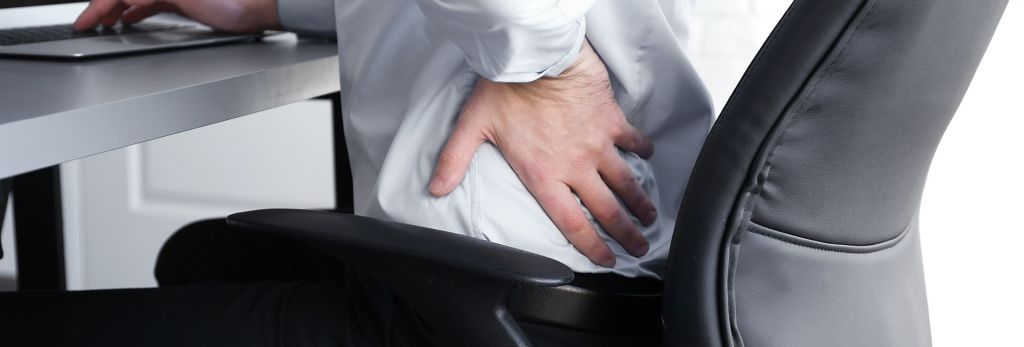Without a formal physical therapy examination, we’re limited in our ability to give you specific information regarding your upper back. However, based on your inquiry, there are several general principles that we can discuss.
Upper back pain can be caused by many things, such as surrounding musculature, the spine, the joints of the spine themselves, nerves, connective tissue, among others.
Popping sensations in the spine can be caused by stiff joints as a result of sustained postures; however, this is difficult to determine without a formal evaluation. Frequently, upper back pain can also be related to slouching posture, especially if sustained for long periods of time. Taking frequent breaks from computer work and changing positions often may help lessen this pain. Additionally, sitting in chairs with back support where good upright posture can be maintained may also help.
Exercises to improve posture may help alleviate the symptoms described. Check out our blog for 5 video demonstrations to help! Posture Matters: 5 Exercises to Enhance Alignment and Well-Being
You should also be aware of your work station ergonomics. Check out our blog: Ergonomics for a Pain Free Work Environment.
Additionally, we recommend trying snow angels on a wall. For this exercise, begin standing in an upright position with the back against the wall. The arms are raised out to the side with elbows bent to 90 degrees resting the elbows against the wall. The arms are slowly slid straight up the wall, then lowered back to the starting position. This should be repeated 10-20 times.
If attempting the recommended exercise mentioned previously does not resolve the issue, it may be time to see a physical therapist for a more formal evaluation. A PT will perform a thorough examination, provide a PT diagnosis, and provide education on posture and upper thoracic strengthening. If further investigation is warranted, a PT can refer out to the appropriate medical provider.
To locate a Therapeutic Associates practitioner near you, visit our clinic locator here.

Start your PT journey today!
Our therapists are experts at discovering the root cause of any musculoskeletal condition and will create a custom treatment plan tailored to what you need for a full recovery.

